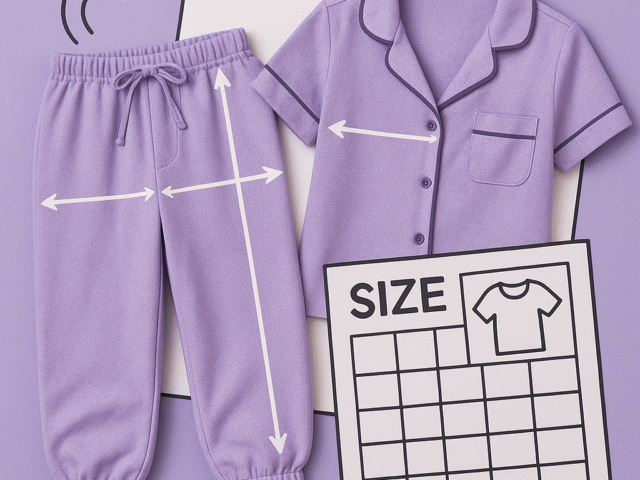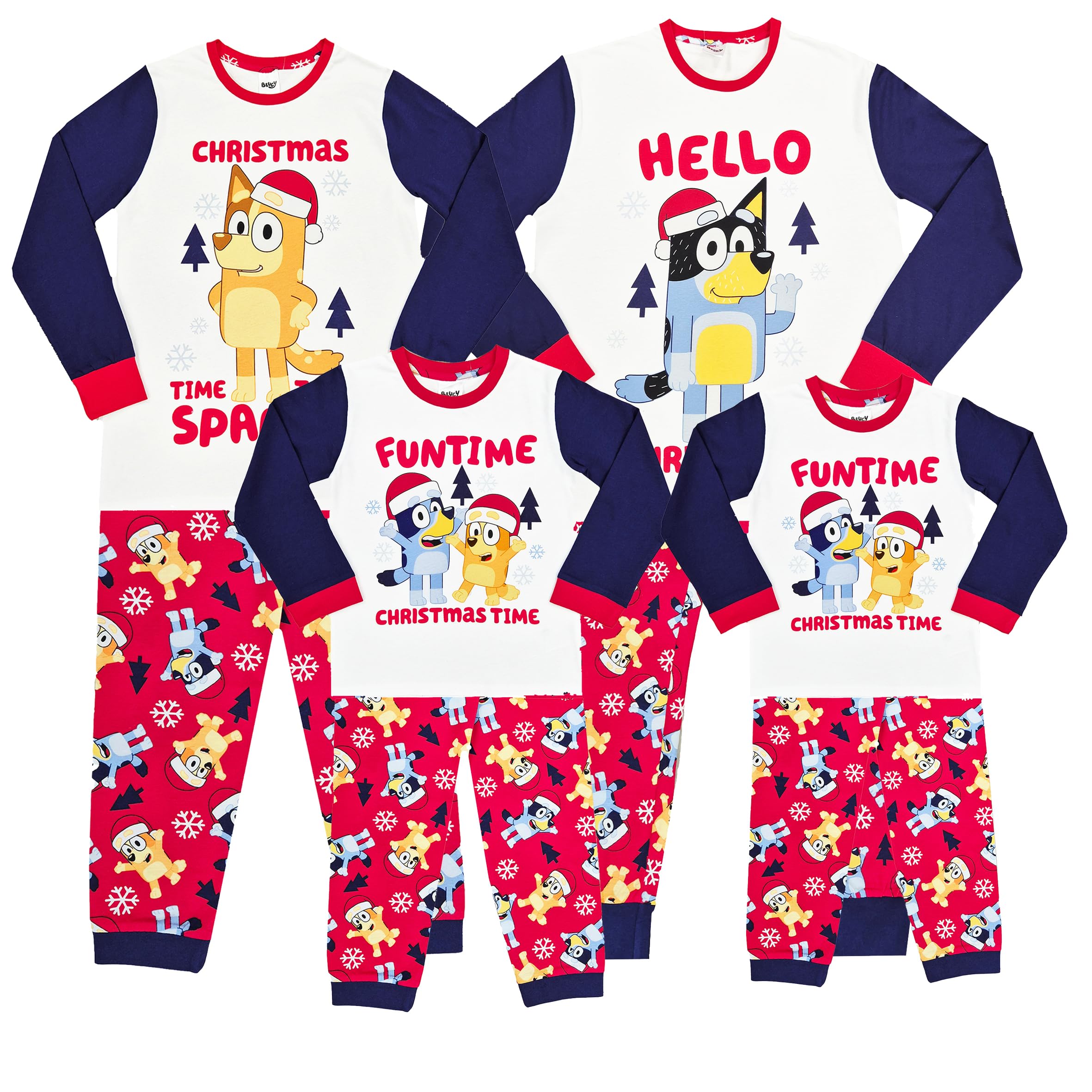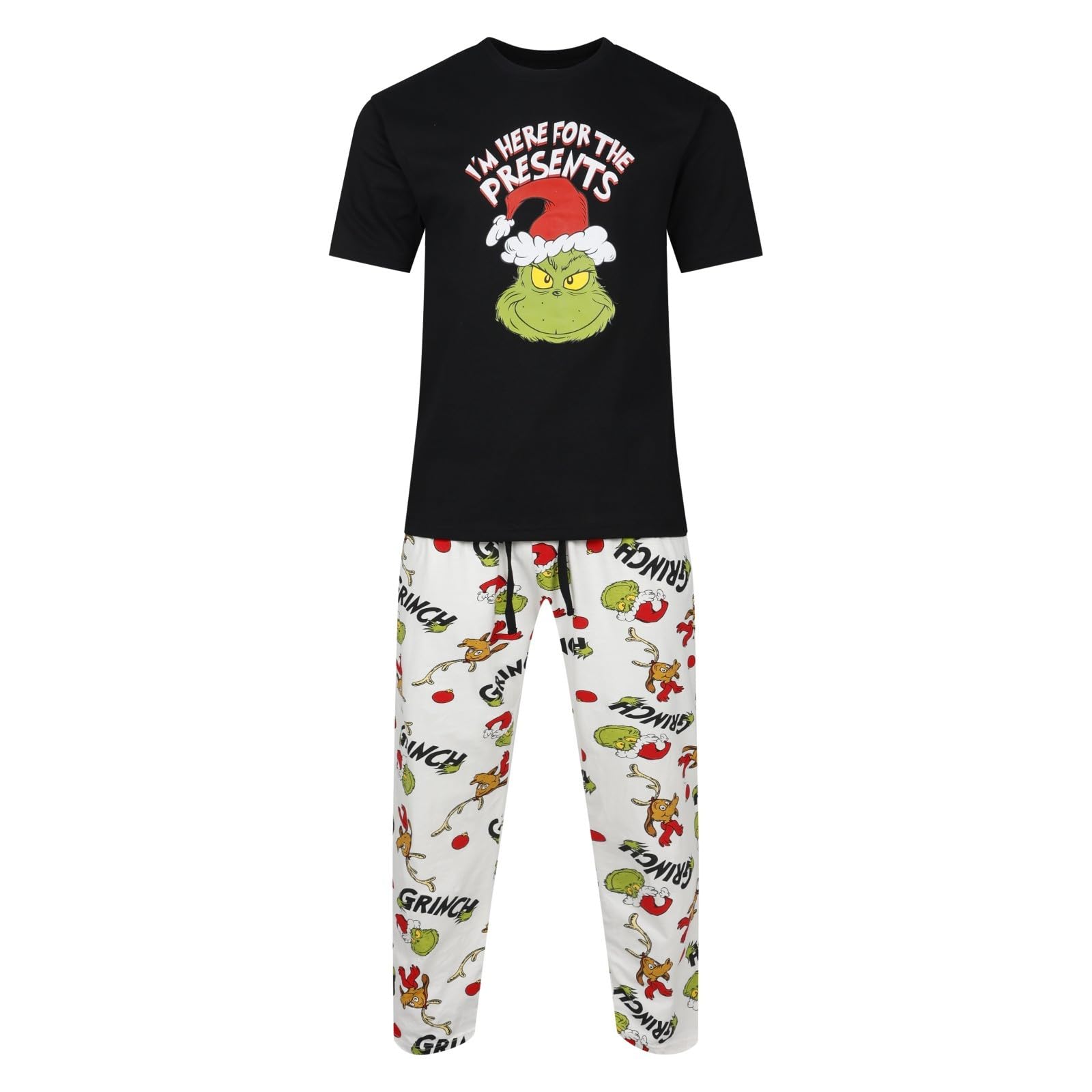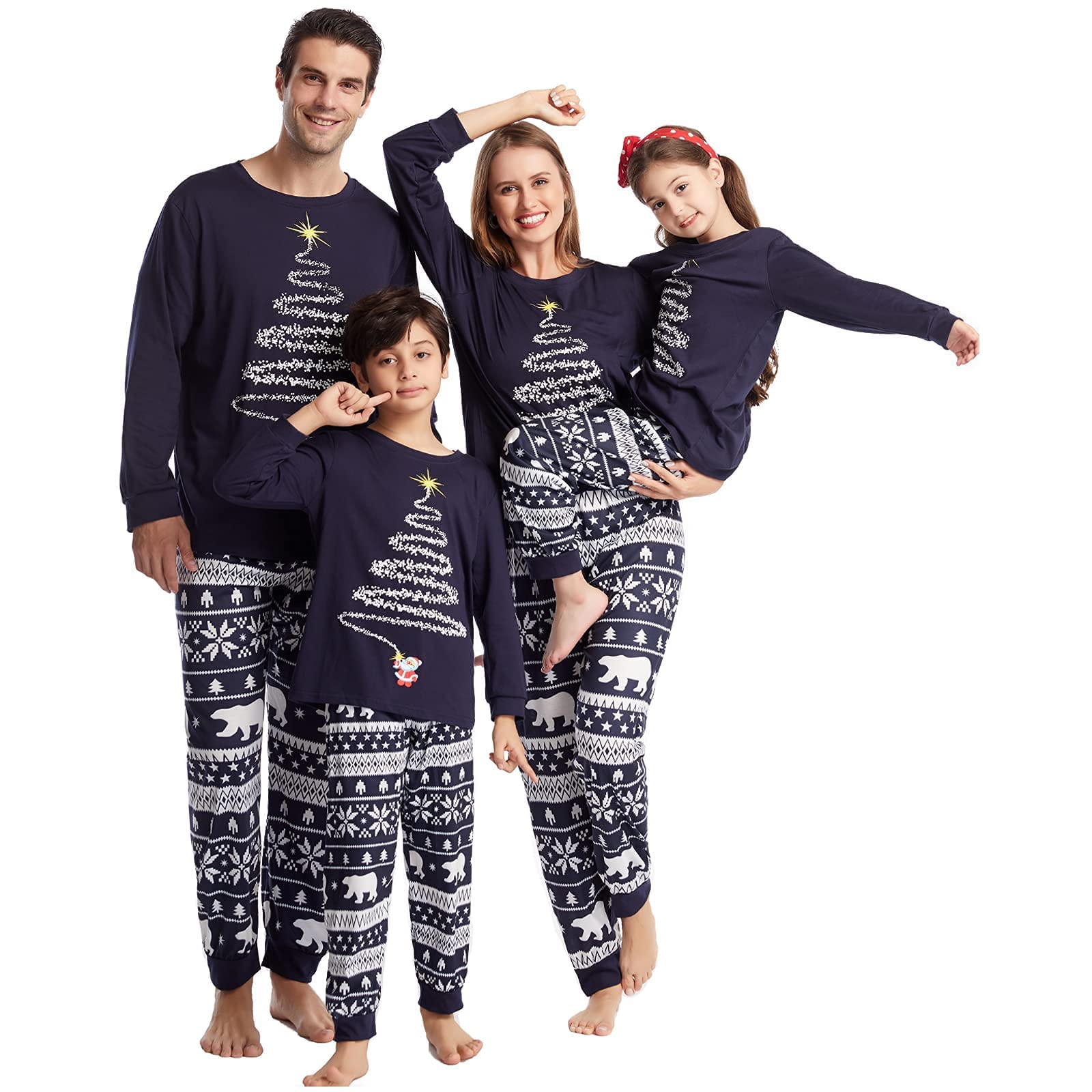Online size charts can be confusing, and sleep comfort depends on more than a single number. Pick pyjamas that are too tight and you trap heat and feel restricted. Size too large and fabric can bunch or twist. This UK guide explains how to choose sizes that move with you, which measurements matter, how fabric affects fit, and when to size up or down so nights feel easy and cool.
Temperature swings feel easier in sleepwear for UK seasons.
Understand fabric behaviour
Fabrics behave differently. Cotton can shrink a little on first wash and feels cooler in looser cuts. Bamboo viscose and Tencel lyocell drape smoothly and move moisture well. Linen eases with wear and feels better after a few washes. Stretch blends add flexibility but can cling if cut too tight. Knowing the fabric tells you how much ease to allow so you do not end up with a tight fit after washing.
Measurements that matter
For tops, focus on chest, shoulder width, and body length. Allow a few centimetres of ease at the chest so air can circulate. For bottoms, waistband and hip measurements matter most, plus inseam length so hems do not tangle around ankles. If a brand offers garment measurements rather than body size, compare to a comfortable item you already own to judge ease. Look for size guides that state both model size and fit description so you can tell whether a set is relaxed or tailored.
Room to move without overheating
Ease is the extra room beyond your body measurement. For cool sleep, aim for modest ease that lets air move and lets you change position without pulling at seams. Very loose styles can feel cool but may bunch. Very tight styles trap heat and restrict movement. If you often wake hot, err toward a relaxed cut with short sleeves and open necklines in breathable fabrics.
When to size up or down
Size up if fabric is pure cotton with little stretch and you sit between sizes, or if you have broad shoulders and prefer extra room across the back. Size down if the cut is very relaxed and you prefer a neater look or if the fabric has meaningful stretch and the larger size will be baggy. For sets with drawstring waists, you can size up for hip room and cinch the waist.
Tailoring your set
Do not be afraid to adjust hems. Shortening trouser legs removes bunching around ankles, which can wake light sleepers. If sleeves are long, rolling a neat cuff is better than bunching fabric at the wrist. These small changes turn a good set into a perfect one for your body and sleep style.
Fabric and care affect long term fit
Wash cool with mild detergent and avoid hot dries that shrink cotton. Line drying keeps sizes stable and fabrics feeling fresh. If a set arrives slightly large, it may settle after a first wash. If it arrives slightly snug in a non stretch fabric, exchanging for the next size up is usually the right call for cool sleep and easy movement.
We highlight breathable sets with inclusive sizing and clear fit notes in our guide to pyjamas that help you sleep comfortably. Complete the setup with cool sheets and a duvet weight that matches the season.
FAQs
Should I size up in cotton pyjamas?
If you are between sizes or prefer a relaxed fit for cooler sleep, sizing up in non stretch cotton makes sense. Allow for a little shrinkage on first wash.
How do I choose trouser length?
Measure inseam from crotch to hem on a pair you like. Choose a similar length or shorter if you dislike fabric bunching at the ankle. Hemming is an easy fix if the perfect waist size comes with long legs.
Do stretch blends run hot?
They can if cut too tight. A small amount of stretch in a relaxed cut can be comfortable. If you run warm, prioritise breathable fabrics and leave some ease.






